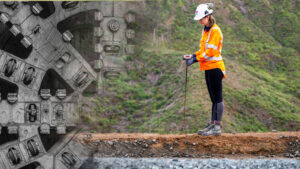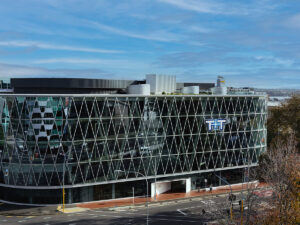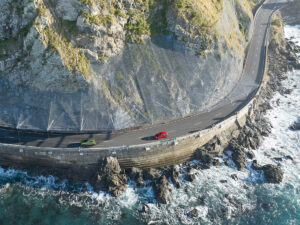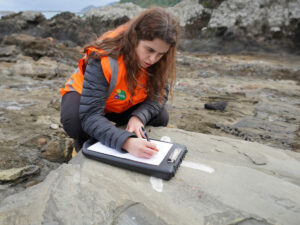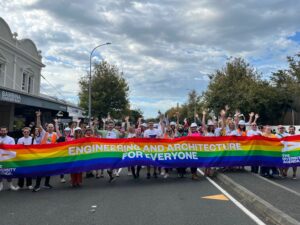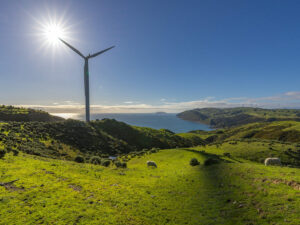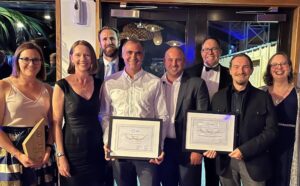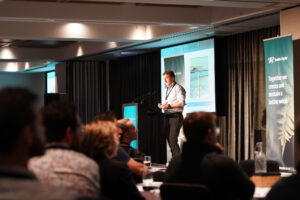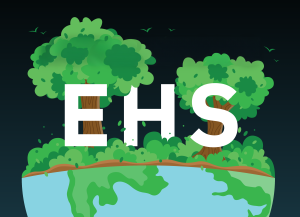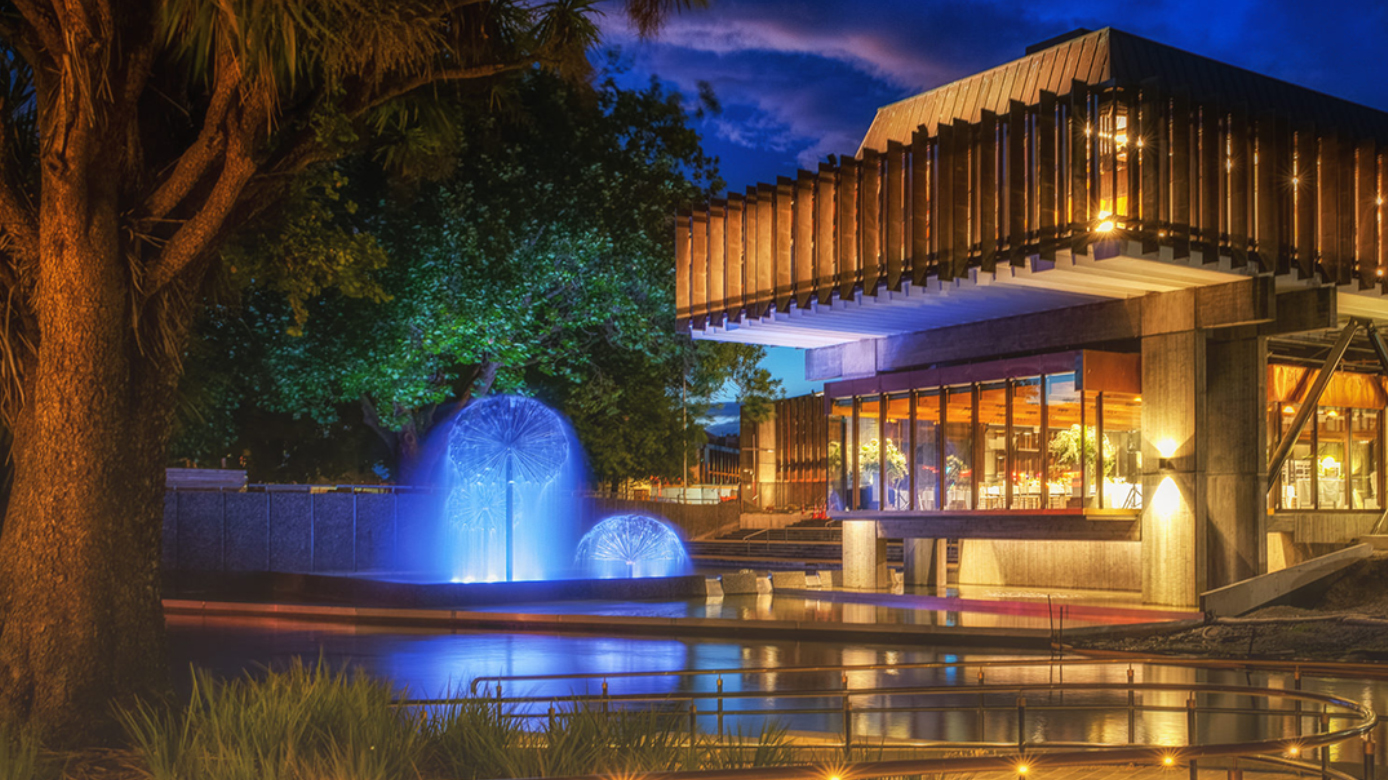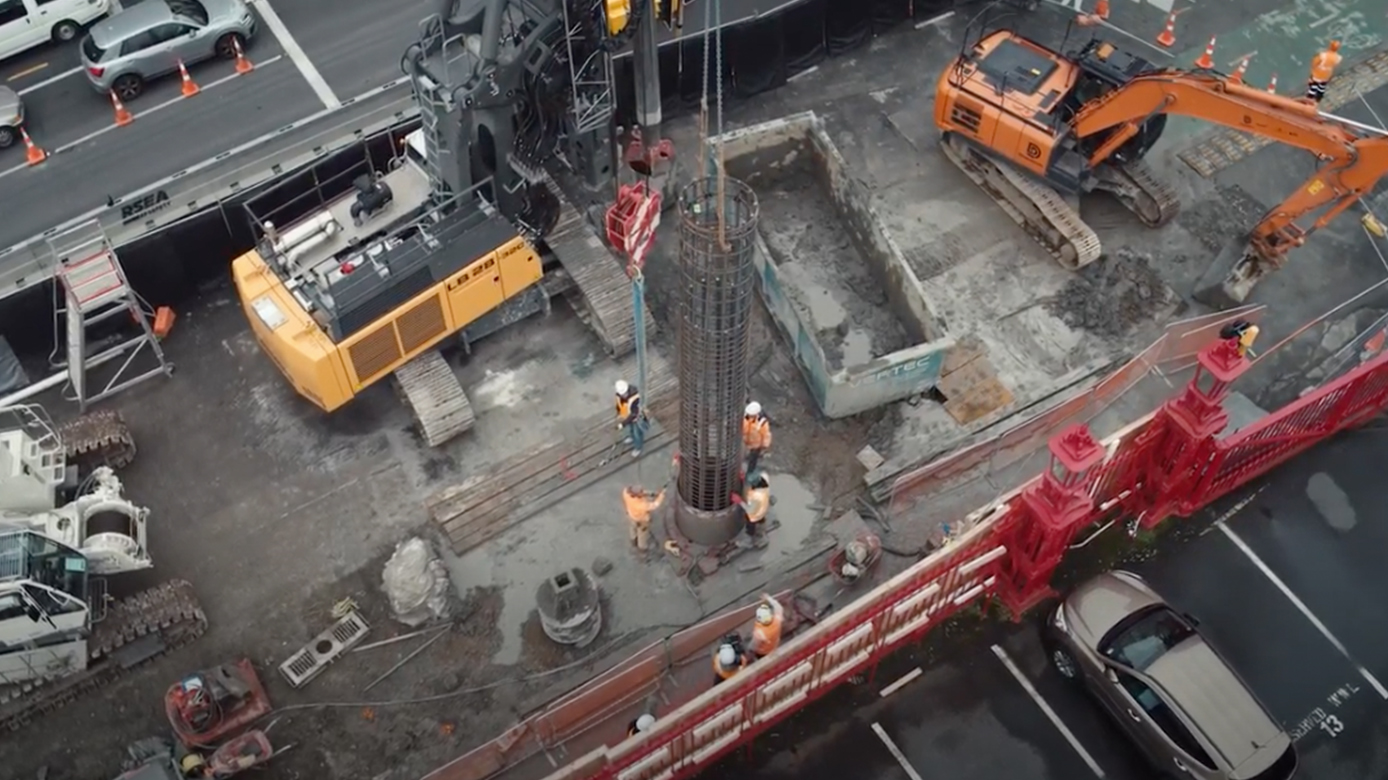Delivering a thriving new school on a constrained 4.0469-hectare greenfield site in just 13 months was no small feat. Bounded by a stream, an encroaching wetland, and with no access to public stormwater or wastewater infrastructure, the Whenuapai School Senior Campus demanded innovative design and delivery solutions.
The project team navigated extreme weather, high groundwater, and a complex consenting environment by adopting an agile approach. This enabled early works to begin while design progressed in parallel, compressing timeframes and allowing the project to stay on track. Tonkin + Taylor as part of the project team, played an instrumental role in delivering civil and geotechnical engineering services, bringing this project to life.



